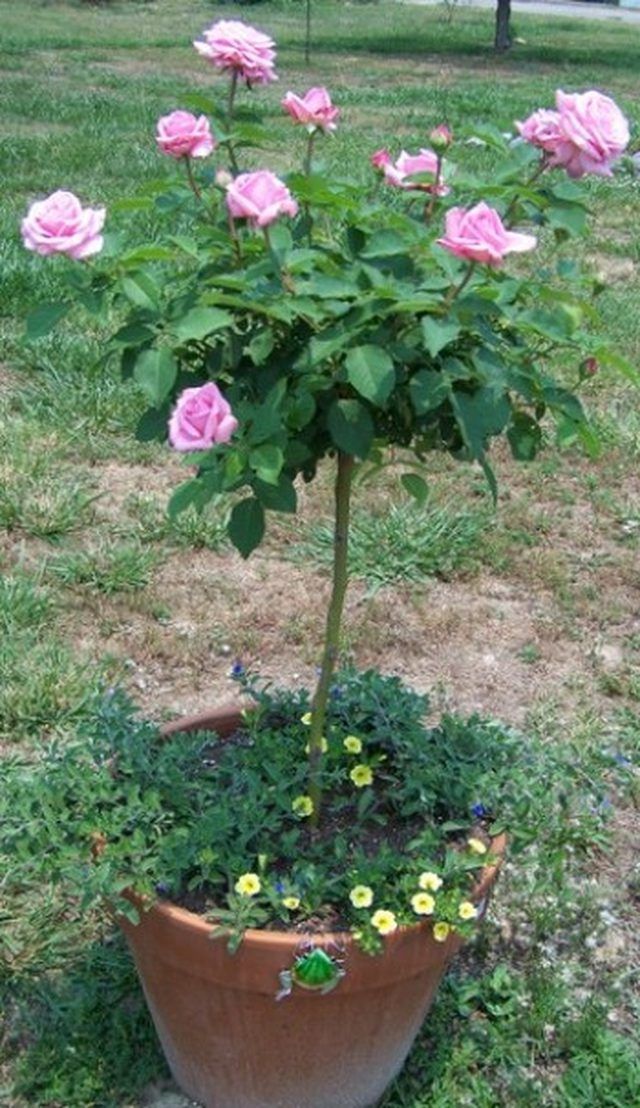Bulbs
Flower Basics
Flower Beds & Specialty Gardens
Flower Garden
Garden Furniture
Garden Gnomes
Garden Seeds
Garden Sheds
Garden Statues
Garden Tools & Supplies
Gardening Basics
Green & Organic
Groundcovers & Vines
Growing Annuals
Growing Basil
Growing Beans
Growing Berries
Growing Blueberries
Growing Cactus
Growing Corn
Growing Cotton
Growing Edibles
Growing Flowers
Growing Garlic
Growing Grapes
Growing Grass
Growing Herbs
Growing Jasmine
Growing Mint
Growing Mushrooms
Orchids
Growing Peanuts
Growing Perennials
Growing Plants
Growing Rosemary
Growing Roses
Growing Strawberries
Growing Sunflowers
Growing Thyme
Growing Tomatoes
Growing Tulips
Growing Vegetables
Herb Basics
Herb Garden
Indoor Growing
Landscaping Basics
Landscaping Patios
Landscaping Plants
Landscaping Shrubs
Landscaping Trees
Landscaping Walks & Pathways
Lawn Basics
Lawn Maintenance
Lawn Mowers
Lawn Ornaments
Lawn Planting
Lawn Tools
Outdoor Growing
Overall Landscape Planning
Pests, Weeds & Problems
Plant Basics
Rock Garden
Rose Garden
Shrubs
Soil
Specialty Gardens
Trees
Vegetable Garden
Yard Maintenance
How to Care for a Rose Tree
How to Care for a Rose Tree. Rose trees are hybrid roses that have been grown to look like a tree. They range in size from 3 feet to 6 feet tall and come in many colors; there are even weeping rose trees. Rose trees require most of the same care of a regular rose bush. Due to their unique shape, however, they also have some unique requirements of...

Rose trees are hybrid roses that have been grown to look like a tree. They range in size from 3 feet to 6 feet tall and come in many colors; there are even weeping rose trees. Rose trees require most of the same care of a regular rose bush. Due to their unique shape, however, they also have some unique requirements of their own.
Things You'll Need
Shovel
Compost or decayed manure
Wheel barrow or tarp
Gardening gloves
Mulch
Peat moss
Potting soil
Water
Tree stakes
Pruning shears
Fungicide
Pesticide
Mesh wire (optional)
Flexible Styrofoam (optional)
Burlap (optional)
Duct Tape (optional)
Prepare the site for the rose tree. They need full sunlight and rich soil that retains moisture. Dig up the site, remove weeds, rocks and other garden debris and add generous amounts of compost or decayed manure several weeks before planting.
Plant the rose tree. Dig a hole that is 2 feet deep and 2 feet wide; put the garden soil in a wheelbarrow or on a tarp. Mix the garden soil with equal amounts of mulch, peat moss and potting soil. Fill the hole half full with this soil mixture. Fill the hole with water and stir with the shovel, creating a slurry with the soil mixture. Place the rose in the hole and have someone hold it in place while add soil mixture until the hole is completely filled and the slurry is firm. Rose trees are susceptible to wind damage and should be staked using tree stakes.
Water a newly planted rose tree every day until it is established and new growth appears. Water regularly and deeply; roses need about 1 to 2 inches of water each week. This causes the roots to grow deep and protects the plant during periods of drought.
Feed the rose tree once new growth has appeared. You can use a complete plant food. Doug Green at Simple Gift Farms recommends using compost to feed the roses; spread two to three shovel-full of compost around the rose tree's base in early spring and in mid summer.
Watch for rose diseases, such as black spot or mildew and treat promptly. Remove the infected leaves and treat with a fungicide. Roses attract aphids, spider mites and Japanese beetles; treat with a pesticide to control these problems. Bayer Advanced All-in-One Rose and Flower Care is a systemic pesticide, fungicide and plant food that is used once a month.
Deadhead spent flowers on the rose tree. Remove the faded flower by locating the next leaf set below the bud; you will cut approximately ? inch above this leaf set. Hold the pruning shears at a 45 degree angle, so that the angle faces away from the center of the bush. Clean up all fallen rose leaves and petals beneath the rose tree and throw them away; do not add to the compost as it will encourage disease and pests.
Prepare the rose tree in late fall for the coming winter. You can build a cage of mesh wire around the 'trunk' of the rose tree and fill the cage with mulch. Doug Green at Simple Gifts Farm offers an alternate method. Wrap a sheet of flexible Styrofoam around the trunk of the rose and cover that with burlap. Secure the burlap with duct tape and mound mulch around the base of the rose tree.
Prune the rose tree in the spring. Remove any dead part of the canes; healthy canes have a green ting to the bark and white pith inside. Cut off the dead part until you see the healthy pith; if there is no healthy pith, remove the entire cane. Remove about 1/3 of the length of the healthy canes, shaping the rose tree for balance, both for appearance and to prevent uneven weight on one side.
Tips & Warnings
Use sharpened pruning shears when deadheading or pruning a rose, to prevent damaging the cane by tearing.
Wear gardening gloves when caring for a rose, to protect your hands from the thorns.